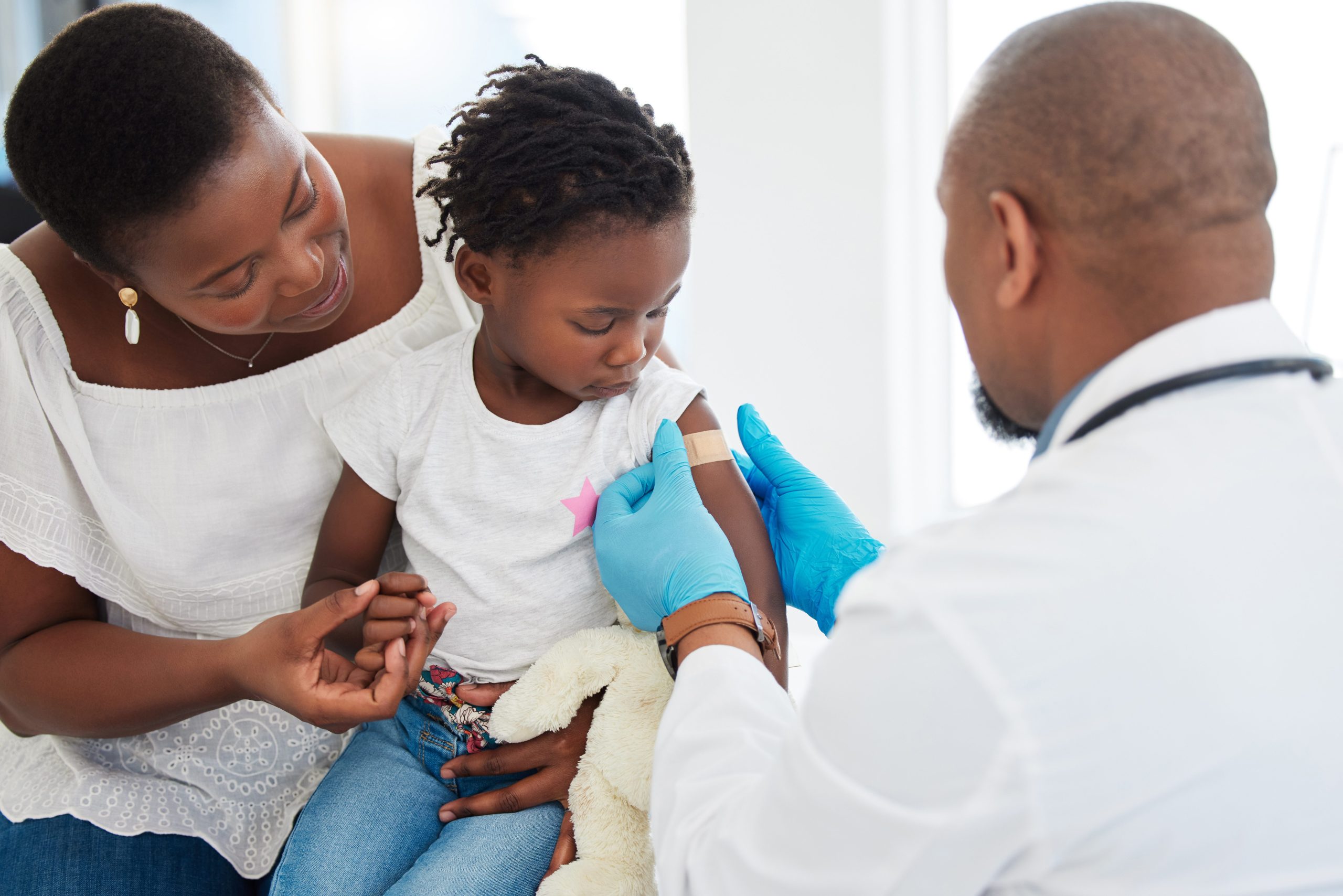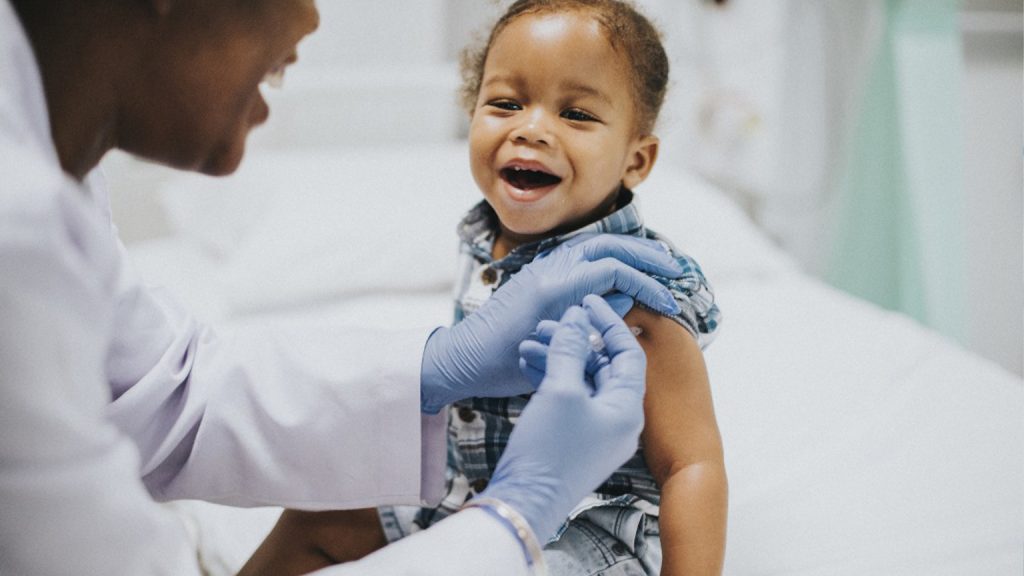Introduction: Understanding Immunization
Immunization, also known as vaccination, is a crucial aspect of preventive healthcare for children. By administering vaccines, children develop immunity against various infectious diseases, reducing their risk of illness and protecting public health. The benefits of immunization include preventing diseases, reducing healthcare costs, and saving lives.
Nigeria’s Policy on Immunization
In Nigeria, immunization is a priority supported by government policies and initiatives. The National Primary Health Care Development Agency (NPHCDA) oversees immunization programs, ensuring that vaccines are accessible to all children across the country. Nigeria follows the Expanded Program on Immunization (EPI), which provides a schedule for administering vaccines to children.
Challenges Facing Immunization in Nigeria
Despite efforts to promote immunization, Nigeria faces several challenges in achieving high vaccination coverage. These challenges include inadequate funding, vaccine shortages, logistical difficulties in reaching remote areas, misinformation and vaccine hesitancy, and weak healthcare infrastructure. Addressing these challenges is crucial for improving immunization rates and reducing the burden of vaccine-preventable diseases.

Essential Immunization for Children in Nigeria
1. BCG Vaccine
Function: Protects against tuberculosis (TB)
When to Administer: Within the first 24 hours after birth Common Side Effects: Mild swelling or redness at the injection site, occasional soreness or blister
Remedy: Apply a clean, cool cloth to the injection site and avoid scratching.
2. OPV (Oral Polio Vaccine)
Function: Protects against polio
When to Administer: At birth, with subsequent doses at 6 weeks, 10 weeks, and 14 weeks after birth
Common Side Effects: Mild fever, fussiness, or soreness at the site
Remedy: Provide comfort to the baby and ensure hydration.
3. Hepatitis B Vaccine
Function: Protects against hepatitis B virus (HBV)
When to Administer: Within the first 24 hours after birth, with subsequent doses at 6 weeks and 14 weeks after birth
Common Side Effects: Slight soreness at the injection site, mild fever, fussiness
Remedy: Offer plenty of fluids and gentle massages to the injection site.
4. Pentavalent Vaccine (DTP-Hib-HepB)
Function: Protects against diphtheria, tetanus, pertussis (whooping cough), Haemophilus influenzae type b (Hib), hepatitis B
When to Administer: At 6 weeks, 10 weeks, and 14 weeks after birth
Common Side Effects: Mild fever, swelling, or redness at the injection site
Remedy: Ensure extra rest and comfort for your child. Use a cool compress on the injection site if swelling occurs. Monitor for allergic reactions and seek medical attention if needed.

5. IPV (Inactivated Polio Vaccine)
Function: Protects against polio
When to Administer: At 14 weeks and 9 months after birth
Common Side Effects: Soreness or redness at the injection site, mild fever
Remedy: Encourage gentle movement of the vaccinated limb to reduce soreness. Keep your child hydrated and monitor their temperature. Consult your healthcare provider if fever persists or worsens.
6. PCV (Pneumococcal Conjugate Vaccine)
Function: Protects against pneumococcal diseases (pneumonia, meningitis)
When to Administer: At 6 weeks, 10 weeks, and 14 weeks after birth
Common Side Effects: Mild fever, irritability, loss of appetite
Remedy: Ensure your child gets plenty of rest and offer comforting foods and fluids. Use a fever reducer if necessary, following dosage instructions carefully.
7. Rotavirus Vaccine
Function: Protects against rotavirus (causes severe diarrhea)
When to Administer: At 6 weeks, 10 weeks, and 14 weeks after birth
Common Side Effects: Mild diarrhea, temporary fussiness
Remedy: Keep your child well-hydrated with oral rehydration solutions. Offer small, frequent feedings. If diarrhea persists or worsens, consult your healthcare provider.
8. MMR Vaccine
Function: Protects against measles, mumps, rubella
When to Administer: First dose at 9 months to 1 year, second dose at 15 months to 2 years after birth
Common Side Effects: Mild rash, fever, temporary joint pain
Remedy: Offer extra fluids and comfort to your child. Use a cool compress to alleviate discomfort from the rash. Consult your healthcare provider if fever persists or if there are signs of allergic reaction.
9. VAR (Varicella Vaccine)
Function: Protects against chickenpox
When to Administer: First dose at 1 year, second dose at 4 to 6 years after birth
Common Side Effects: Mild rash or redness at the injection site, low-grade fever
Remedy: Keep your child comfortable and well-rested. Offer cool baths or oatmeal baths to soothe itching. Consult your healthcare provider if the rash worsens or if there are signs of infection. there are signs of infection.
10. Yellow Fever Vaccine
Function: Protects against yellow fever
When to Administer: Typically at 9 months to 1 year after birth
Common Side Effects: Mild fever, soreness at the injection site, headache
Remedy: Encourage rest and offer plenty of fluids. Use a fever reducer if necessary. Contact your healthcare provider if fever persists or if there are signs of allergic reaction.
Conclusion
Immunization plays a vital role in safeguarding the health of children in Nigeria.By ensuring that children receive these essential vaccines at the recommended ages, we can significantly reduce the burden of vaccine-preventable diseases in Nigeria and protect the health and well-being of our future generations. Regularly consult with healthcare providers and adhere to national immunization schedules to ensure optimal protection for your child.



